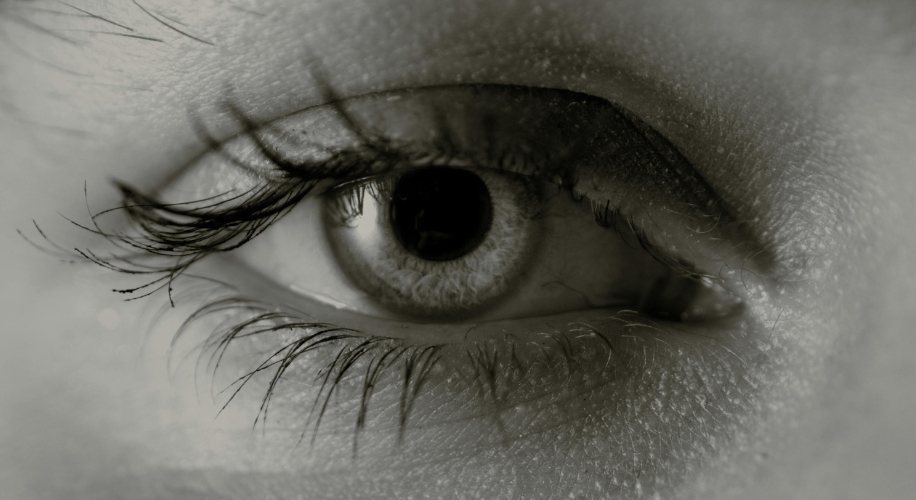Understanding Eye Dominance: What It Means for Your Vision
- BY Dr. Steven Liem
- IN Eye Health
Photo by Noel Blck
What is Eye Dominance?
Eye dominance, also known as ocular dominance, refers to the tendency of one eye to prefer visual input over the other when both eyes are open. Understanding your eye dominance can significantly impact your vision and overall visual experience.
In daily life, eye dominance influences various activities, such as aiming and focusing. For instance, when looking through a camera viewfinder, throwing a dart, or swinging a golf club, we naturally rely on our dominant eye for precision and accuracy. You may have noticed yourself closing one eye to focus, as your brain instinctively relies on the dominant eye to provide the most accurate visual input.

Photo by Eric Dekker
Determining Eye Dominance
There are a couple of simple ways to determine your dominant eye. One easy method is the Porta Test, where you extend your arms forward and create a small triangle with your hands, focusing on a distant object. Closing one eye at a time will reveal the dominant eye, as the object will remain in view with the dominant eye open.
Eye Dominance and Monovision
Identifying eye dominance is crucial for prescribing corrective lenses accurately in optometry. For example, some contact lens wearers with presbyopia (a common age-related condition where the eye gradually loses its ability to focus with close-up vision) will choose monovision contacts as an alternative to reading glasses. One eye is corrected for distance vision while the other is corrected for near vision. Knowing the dominant eye helps optometrists determine which eye should receive which type of correction.
Shop These Zenni Frames
However, monovision correction can also cause reduced depth perception. For patients who prefer to have their vision in both eyes corrected simultaneously, bifocal or progressive lenses are a popular option.



